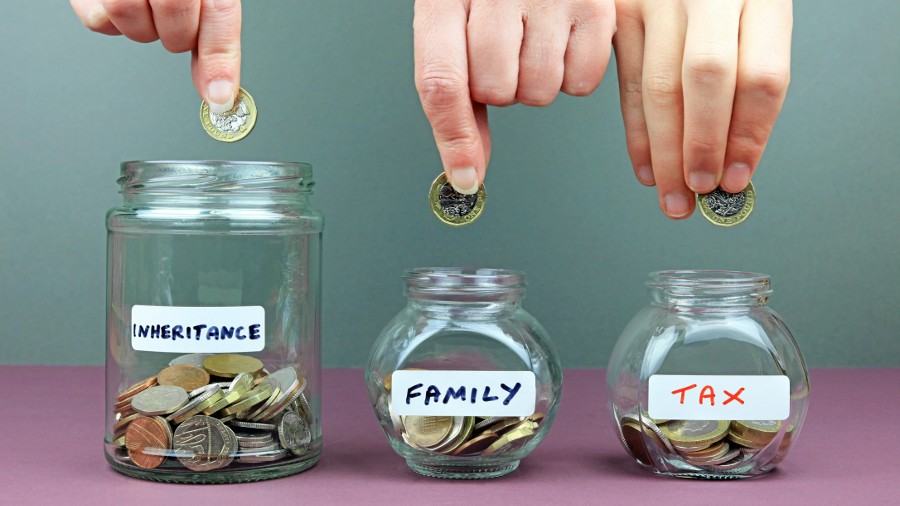What is bad debt expense?
Bad debt expense definition
Bad debt expense refers to the amount of money that a company recognizes as losses from customers who are unable to pay back their debts. This can occur when a company extends credit to a customer and the customer later becomes unable to repay the money owed.
The bad debt expense is recognised as a reduction in revenue on the company's income statement. It can be a significant expense for businesses that rely heavily on extending credit to their customers.
Bad debt expense is considered an operating expense as it is a cost incurred during the course of normal business activities. To account for bad debt, companies usually estimate the amount of bad debt they are likely to incur in a certain period based on historical data and industry norms, and they set aside a reserve for potential bad debts. This reserve is known as an allowance for doubtful accounts or a provision for bad debts. The allowance is then adjusted based on actual experience – if fewer customers default on their payments than expected, the allowance is decreased, and vice versa.
There are two methods that companies use to account for bad debt – the direct write-off method and the allowance method. Under the direct write-off method, the company writes off bad debts only when they become completely uncollectible. This method is simple but does not provide an accurate picture of the company's financial position, as bad debts may be incurred but not yet recognised.
Under the allowance method, the company estimates the amount of bad debts likely to be incurred and sets aside a reserve for them. The allowance is adjusted every period based on actual experience. This method is more accurate but requires more complex accounting procedures.
Bad debt expense can have a significant impact on a company's financial statements. When bad debt expense is recognized, it reduces the company's revenue and consequently its net income. This reduction in net income affects the company's profitability and can impact its ability to pay dividends or invest in growth opportunities.
Bad debt expense is also reflected on the company's balance sheet. The allowance for doubtful accounts appears as a contra asset account to accounts receivable. This means that it reduces the amount of accounts receivable that will actually be collected. When a customer defaults on their payment, the company debits the allowance for doubtful accounts and credits accounts receivable.
Overall, bad debt expense is a necessary aspect of doing business and managing credit risk. By estimating and allocating for potential bad debts, companies can minimise the impact of customer defaults on their financial position and maintain accurate financial statements.









